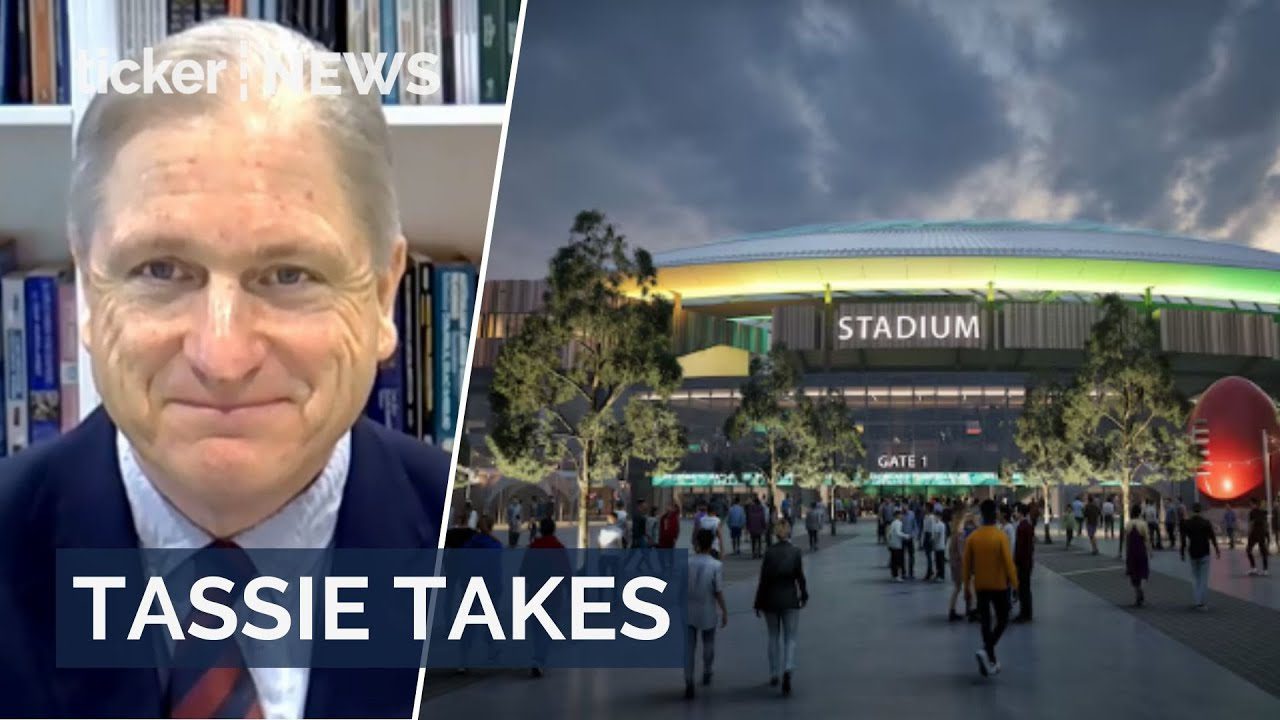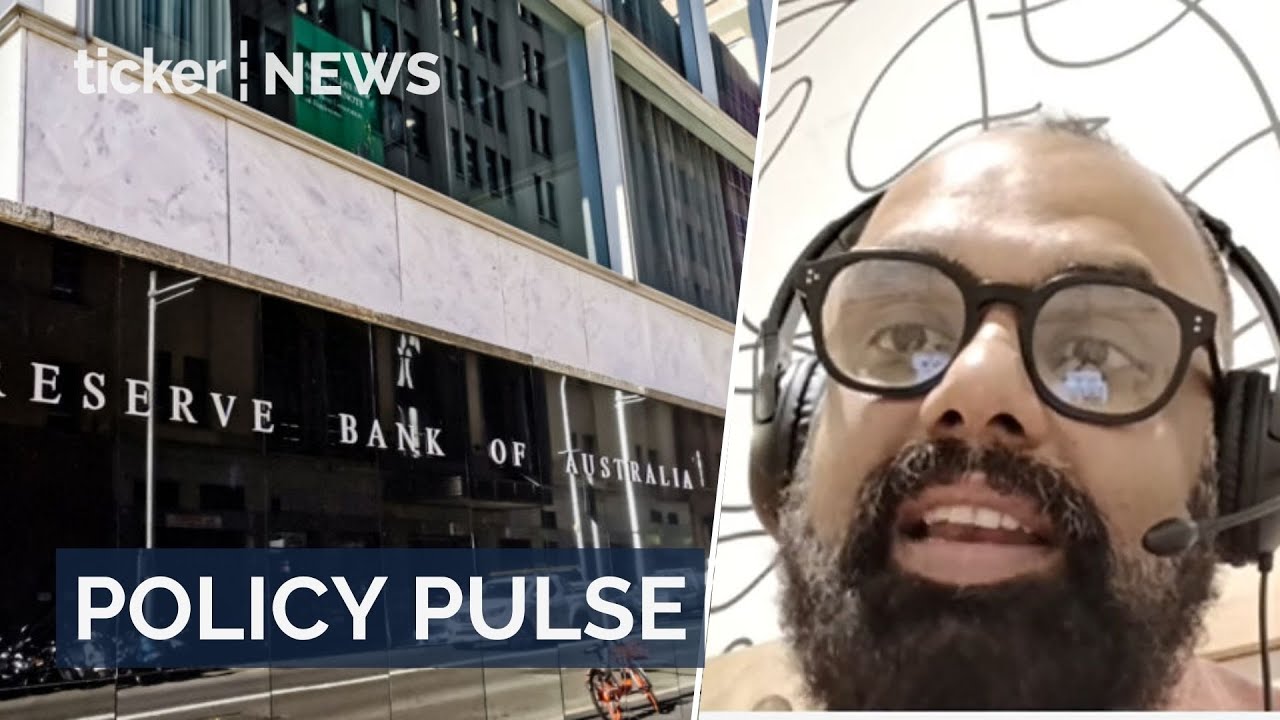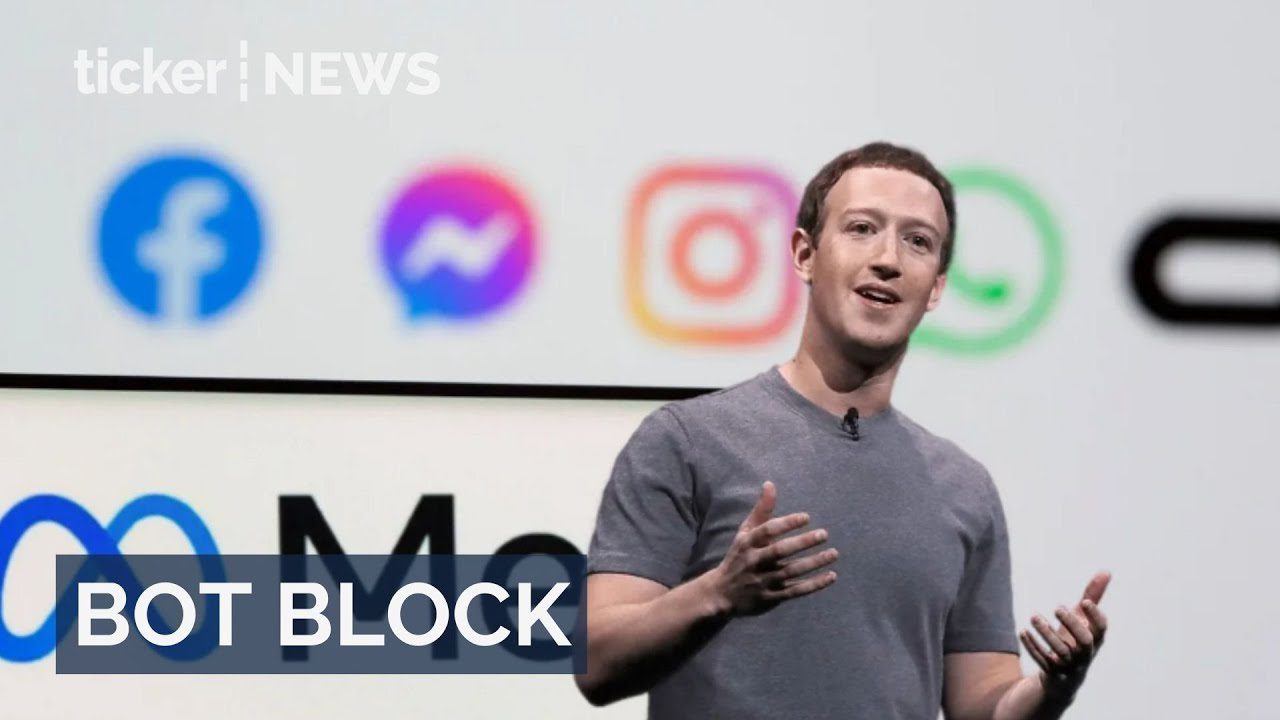News
Haley calls for ‘new leadership’ in GOP presidential bid
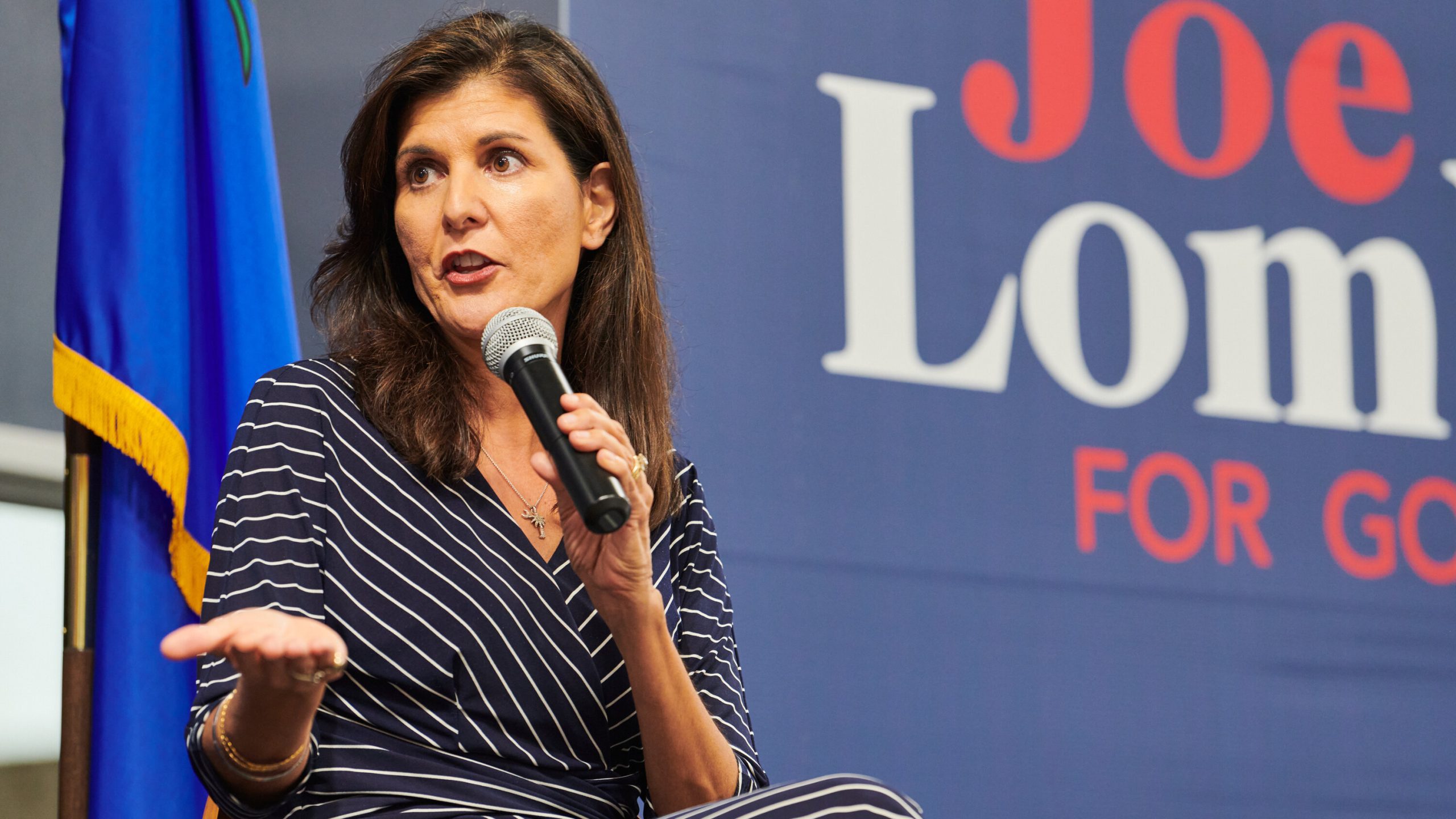
News
Tasmania AFL team confirmed: Macquarie Point stadium legislation passes
Tasmania joins AFL with the Tassie Devils set for 2028; legislation passed for Macquarie Point stadium.
News
Australian Dollar hits five-week high amid weak GDP and US Dollar
Australian dollar hits five-week high amid soft US dollar, traders eye RBA policies and Fed meeting impacts.
News
EU launches antitrust probe into Meta over WhatsApp AI policy
EU probes Meta’s WhatsApp AI chatbot policy for potential antitrust violations affecting third-party developers and competition.
-



 News3 days ago
News3 days agoAustralia’s fastest-growing property markets revealed
-

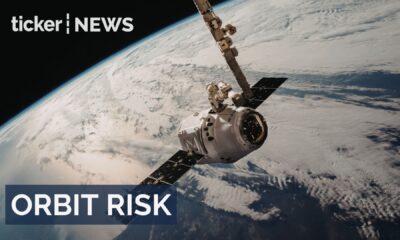

 Ticker Views3 days ago
Ticker Views3 days agoSpace debris could sabotage Google’s next big AI breakthrough
-



 News2 days ago
News2 days agoEU launches antitrust probe into Meta over WhatsApp AI policy
-

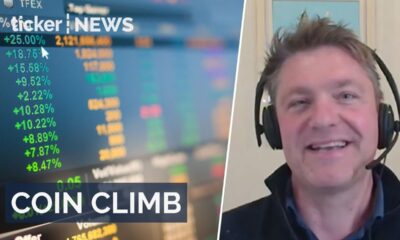

 News4 days ago
News4 days agoStocks rebound as Bitcoin and tech surge ahead of Fed meeting
-



 News3 days ago
News3 days agoImmigration crackdown escalates tensions In New Orleans
-



 News5 days ago
News5 days agoAirbus hit by new A320 fuselage panel defect triggering share price drop
-

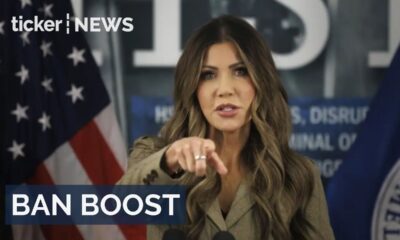

 News4 days ago
News4 days agoKristi Noem pushes to expand U.S. travel ban amid rising security concerns
-

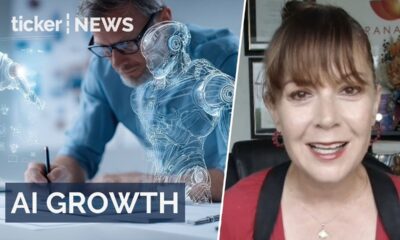

 News4 days ago
News4 days agoAustralia’s new National AI Plan aims to transform the future of tech



